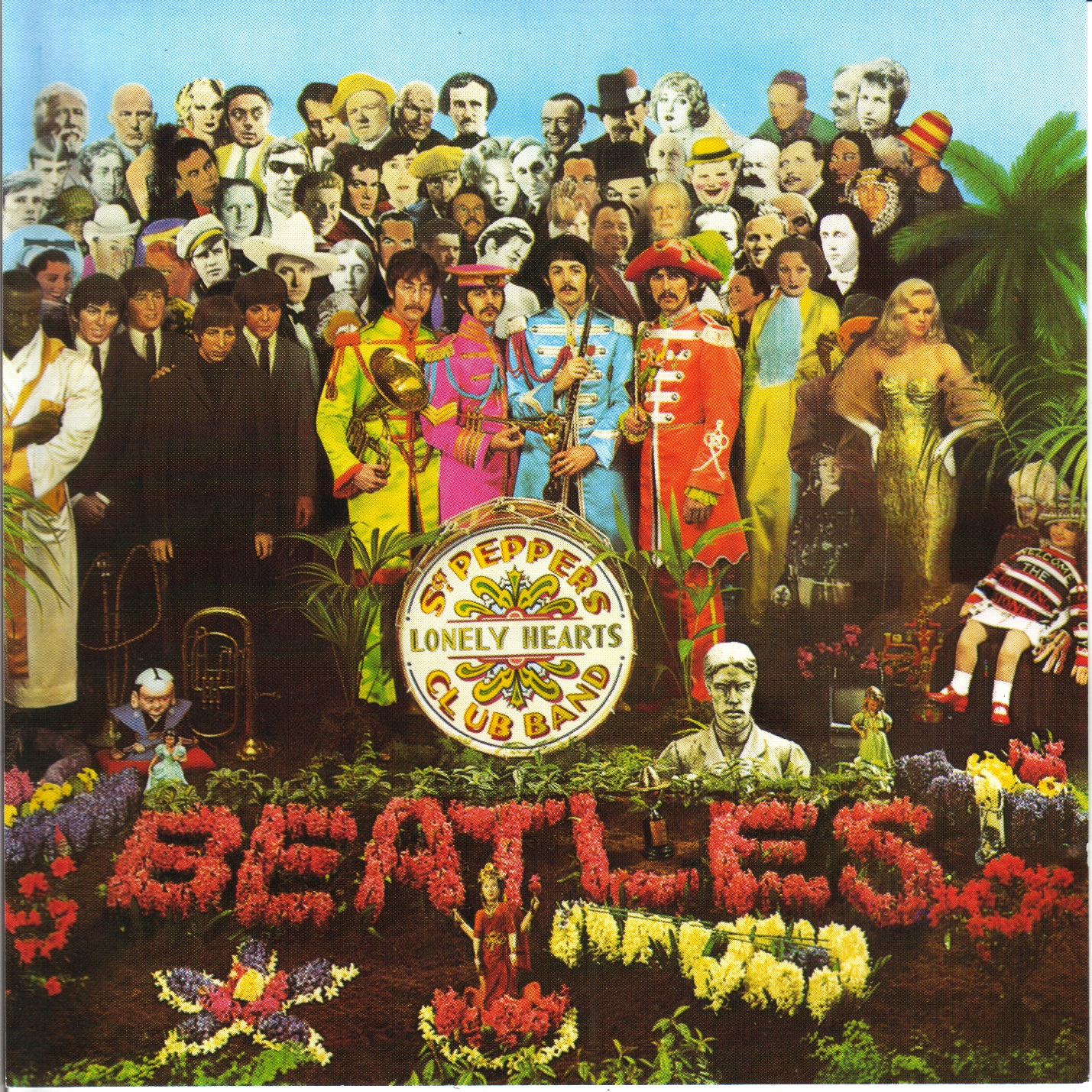 Hot Stampers of Sgt. Peppers in Stock Now
Hot Stampers of Sgt. Peppers in Stock Now
Letters and Commentaries for Sgt. Peppers
You might agree with some reviewers that EMI’s engineers did a pretty good job with the new Pepper.
In the March 2013 issue of Stereophile, Art Dudley weighed in, finding little to fault on this title but being less impressed with most of the others in the new box set.
His reference disc? The MoFi UHQR. Gadzooks!
Oh, and he also has some old mono pressings and a domestic Let It Be. Now there’s a man who knows his Beatles. Fanatical? Who can blame him? We’re talkin’ The Beatles for Chrissake!
When I read the reviews by writers such as these I often get the sense that I must’ve fallen through some sort of Audio Time Warp and landed back in 1982.
How is it that our so-called experts evince so little understanding of how records are made, how variable the pressings can be, and, more importantly, how absolutely crucial it is to understand and implement rigorous protocols when attempting to carry out comparisons among pressings.
Critically comparing LPs is difficult and time-consuming. It requires highly developed listening skills. I didn’t know how to do it in 1982.
I see no evidence that the audiophile reviewers of today are better at it than I was in 1982, and I was terrible.
What does one well-known reviewer have to say, keeping in mind that he’s using his original British pressing for comparison? I quote at length — without prejudice so to speak — so there can be no misunderstanding. (Bold has been added by me.)
Forget about analog vs. digital: this reissue sounds not at all like the original pressing. It has been completely re-imagined via EQ or whatever to sound like a completely different album. It’s almost like what happens when a great work or art is “restored” and the patina that has accumulated through the ages is removed revealing a more colorful, three-dimensional vibrant edition. Here’s what I think is going on here: when this album was originally mastered in 1967 the monitoring gear was not nearly as good as it is now. Abbey Road now uses B&W 800D speakers for that. This reissue features a totally new EQ compared to the original pressing. [1]
It’s a far more transparent sounding record. Instrumental separation is maxxed out almost like a 3D movie can be generated from one shot in 2D. You hear it immediately in the audience sound effect at the beginning. The audience is further back in space and more individual details emerge.
Yes, the original sounds somewhat hazy by comparison as if on the reissue the proverbial veils have been lifted (an audiophile cliché) I try to avoid. Bass is deeper and fuller, the midrange is far clearer and transparent. “For the Benefit of Mr. Kite” has always been a sonic painting suggesting neon but now the tape loop effects are neon against a black velvet background.
You can imagine what we think of this analysis.
The elephant in the room really has no place to hide at this point. This is your idea of transparency? This is your idea of three-dimensionality?
In 1982 it might have been mine too. But some of us — we and our customers surely — have come a long way since then. Yes, we had only one pressing. If you want to buy ten copies of the album, clean them up and shoot them out for yourself, be my guest. For my part I cannot imagine a bigger waste of time.
And any mention of “black backgrounds” is usually a sign of someone who plays his music too softly and whose system is dark, as those are two ways to achieve a black background, assuming that’s a goal of some kind. It’s not for us.
[1] Remastering a well-known title and creating a new sound for it is a bête noire for us here at Better Records.